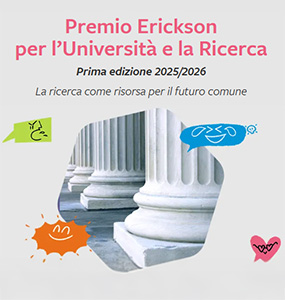Guidelines for the rightto education of out-of-home children
Paola Ricchiardi, Cristina Coggi
Many researches in European and non-European countries have attested, in a convergent manner, a high incidence of disabilities and school difficulties in children out-of-home care (Pirttimaa and Valivaara, 2018). Specific guidelines have therefore been developed in various countries. Also in Italy, at the end of 2017, MIUR issued the «Guidelines for the right to education of out-of-home children». According to the research, these subjects often present language delays, cognitive and emotional-relational difficulties (Forsman and Vinnerljung, 2012; Olsen and Montgomery, 2018) and significant percentages of certified disabilities (12% in Italian research by Belotti, 2010). We present below some indications proposed by the Guidelines, to then detail the didactic-educational strategies that can be used by the teachers, in the light of international research.
Keywords
Out-of-home children, learning outcomes, social inclusion.


